I’m delighted to welcome Meg Learner to the blog today with a beautifully written post on the use of colouring in Home Education. Guest posts like this are a chance to showcase the rich variety of approaches within the home education community, and I hope you find her insights as inspiring as I did.
In the world of home education — and also in road education, where learning happens on the move — finding engaging, flexible, and effective educational tools is key. Colouring, often seen as a simple, or even childish, pastime, is actually a powerful educational and developmental activity for both children and adults. Whether at home, in a campervan, or at a temporary stop on a journey, colouring offers a wealth of benefits that can enhance learning, creativity, and well-being.
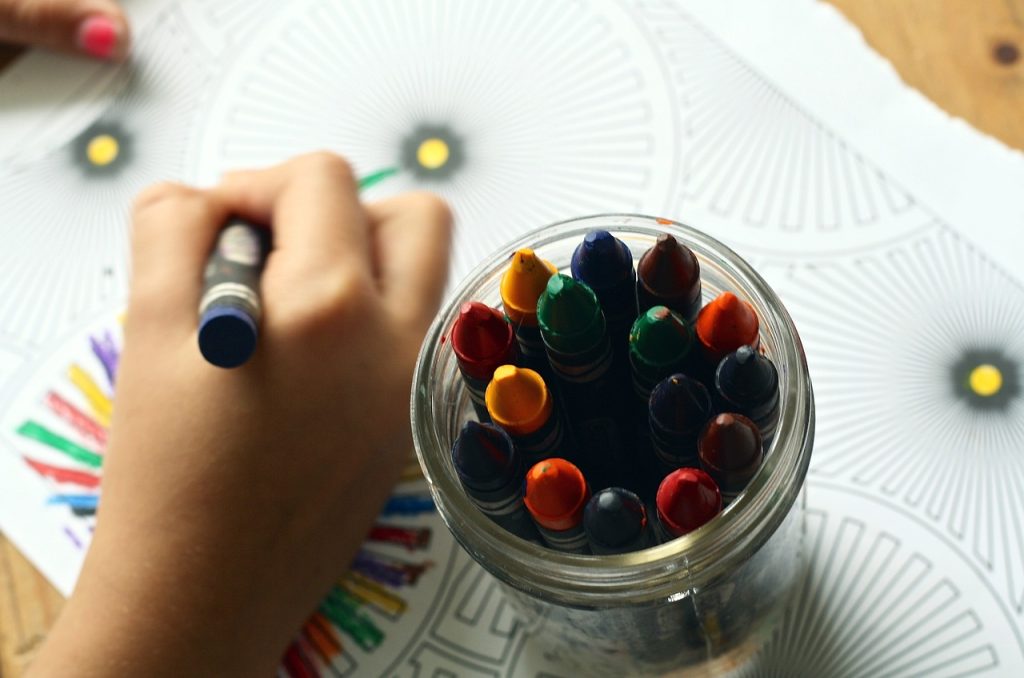
This post contains affiliate links, which means Barefoot Bliss and Books make a small commission at no extra cost to you. See the full disclosure here.
Colouring in Home Education
For children, colouring is much more than just filling in shapes with colours. It helps to develop essential skills that support learning across various subjects:
Fine Motor Development
The action of holding crayons or pencils and controlling strokes strengthens hand muscles and improves coordination, which is vital for later writing skills. Many of these skills can be enhanced by using books with simple bold shapes. These particular books provide easy colouring practice for children and adults who prefer easy relaxing pages, while allowing teens or adults to use their own techniques to colour in a more advanced fashion. You could also choose colouring word searches, which ask the user to find words (as in a normal word search book) but the letters are in large open font that can be coloured in. Toddlers can use their own dot colouring books with bullet pens.
Hand-Eye Coordination
Following outlines, colouring within shapes, and choosing colours all enhance a child’s ability to coordinate what they see with what they do.
Creativity and Self-Expression
Choosing colours, blending shades, and interpreting images encourages children to express themselves and develop confidence in their creative choices. Flowers are not always red, leaves are not always green. See Harry Chapin song on Youtube.
Focus and Concentration
Sitting down to colour helps children develop patience and the ability to concentrate on tasks, an essential skill for independent learning.
Thematic Learning
Colouring books can reinforce subjects like history, science, geography, and language. A child colouring a map, an ancient civilization, or different ecosystems engages with information in a visual and memorable way. Seeing connections visually can help a child understand a concept that they may just not have “got” when discussing orally, such as opposites or learning to count.
A Rewarding Activity
Colouring can also serve as a motivational tool, either as part of a lesson or as a reward for completing other tasks. This can encourage children to stay engaged and provide a relaxing break between structured learning activities. For instance, learning to tell the time can be difficult for some children. Pair the activity with a subject they like, such as mermaids, dinosaurs or trucks and they may not realise that they are learning while having fun colouring.
Colouring for Road Education
For families who embrace a traveling lifestyle — whether through long road trips, van life, or international travel colouring is a valuable resource for education on the go.
Portable and Mess-Free
Colouring books and supplies are easy to pack and can be used anywhere, from a car seat to a picnic table at a rest stop. They do not require electricity or batteries, nor do they need to be charged before use, so they are always available as long as there is sufficient light.
Cultural and Geographical Learning
Themed colouring books can introduce children to different cultures, landmarks, and wildlife they may encounter on their journey. Seeing an actual landmark, artwork, or festival in real life can make the learning in the book more relevant and memorable, reinforcing their understanding and appreciation of different cultures.
Calming Activity on Travel Days
Long journeys can be tiring, and colouring provides a quiet, screen-free way for children to relax and unwind.
Encourages Mindful Observation
Encouraging children to colour scenes from their travels can deepen their engagement with their surroundings and enhance their ability to observe details.
Adults Also Benefit from Colouring
Home and road education is often a family effort, and parents or caregivers also need moments of relaxation and creativity. Colouring isn’t just for children — it offers numerous benefits for adults as well.
Stress Relief and Mindfulness
The repetitive, focused action of colouring has been shown to reduce stress and promote relaxation, much like meditation or practising mindfulness.
Encourages Creativity
Engaging in colouring allows adults to reconnect with their creative side, which can help with problem-solving and innovative thinking. The logical left brain engages with the activity of colouring and staying within the lines, allowing the creative right brain the freedom to solve problems or come up with new and fresh ideas.
Quality Family Time
Colouring together as a family fosters connection and provides a shared activity that encourages conversation and bonding. It can also help with discussion on the educational aspects, if these are being studied at the time.
Enhances Focus
In a fast-paced world, taking time to colour can help adults develop better concentration and patience.
Bringing Colouring into Home and Road Education
If you are educating at home or on the road, incorporating colouring into your daily routine can make learning more interactive and enjoyable. Here are some ways to integrate it effectively.
Pair colouring with Learning Themes
Use colouring books that align with what your child is studying, whether it’s space, animals, history, or world cultures.
Encourage Journaling with Colouring
A travel journal with space for colouring can help children document their experiences visually and verbally. Encouraging journaling with colouring before bedtime, in place of screen time, can help promote sleep by reducing blue screen time and reduce the mind chatter that may disturb children or adults from falling asleep quickly.
Create Custom Learning Materials
Let children illustrate their own stories, or label parts of a colouring page with new vocabulary words. Colour can promote remembering, as can the use of colour in mind maps.
Make It a Shared Activity
Set aside time for both children and adults to colour together, reinforcing the idea that learning and creativity have no age limits.
Conclusion
Colouring is a versatile and valuable tool for both home and road educators, providing educational, emotional, and creative benefits for all ages and stages. Whether used to reinforce learning, encourage mindfulness, or simply bring moments of joy to a busy day, colouring remains a timeless and effective way to engage with the world—wherever your journey takes you.
Would you like to contribute to the Barefoot Bliss and Books blog? I’m always open to sharing thoughtful, experience-based posts from fellow home educators and providers in the UK and beyond. If you have a story, insight, or resource you’d love to share, get in touch with me via the blog or on social media.

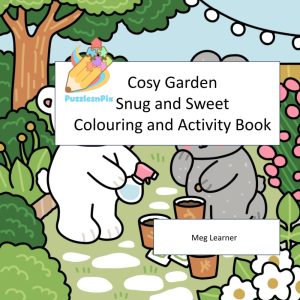



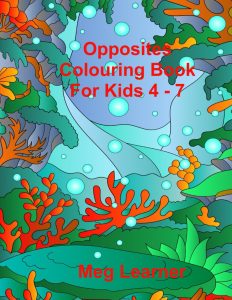
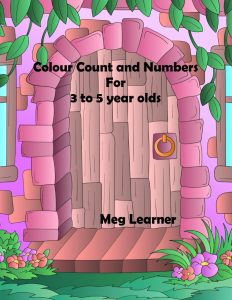
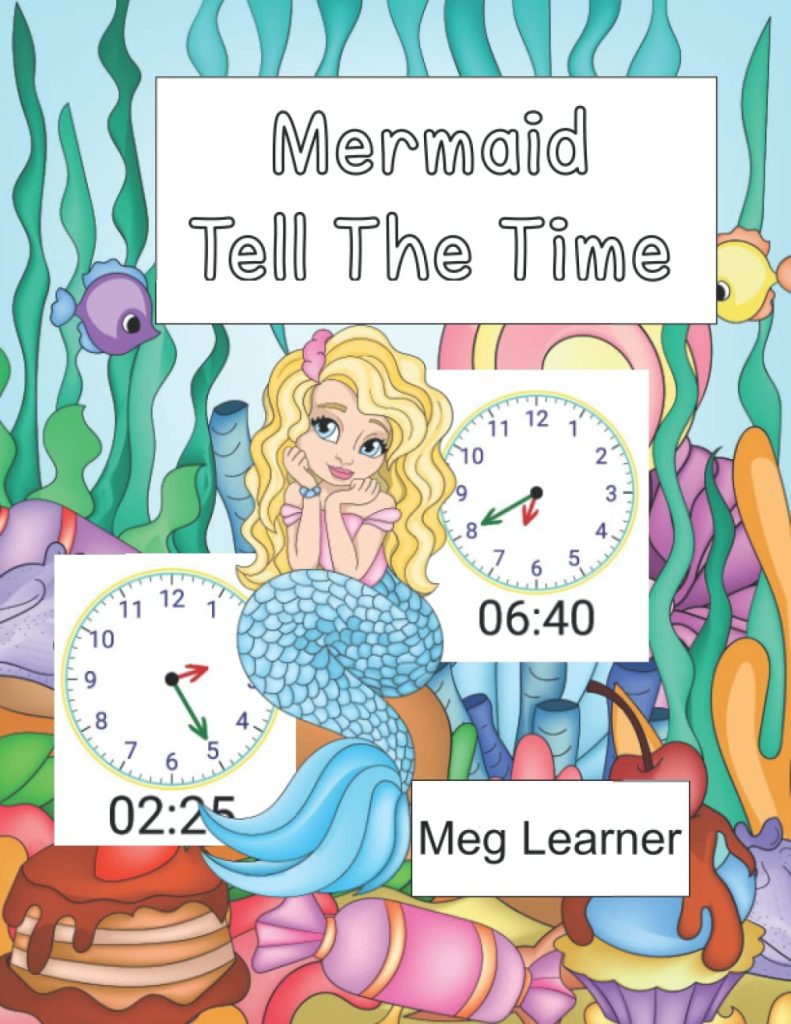
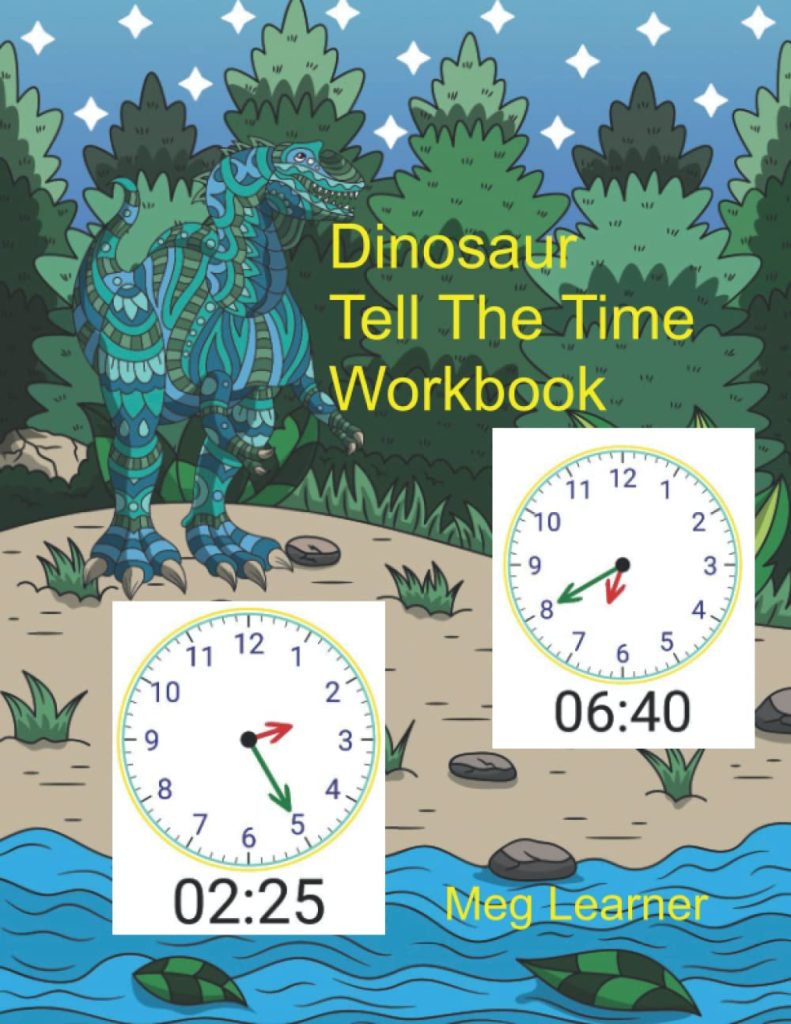

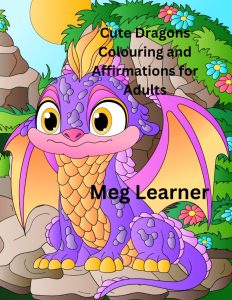
Leave a Reply